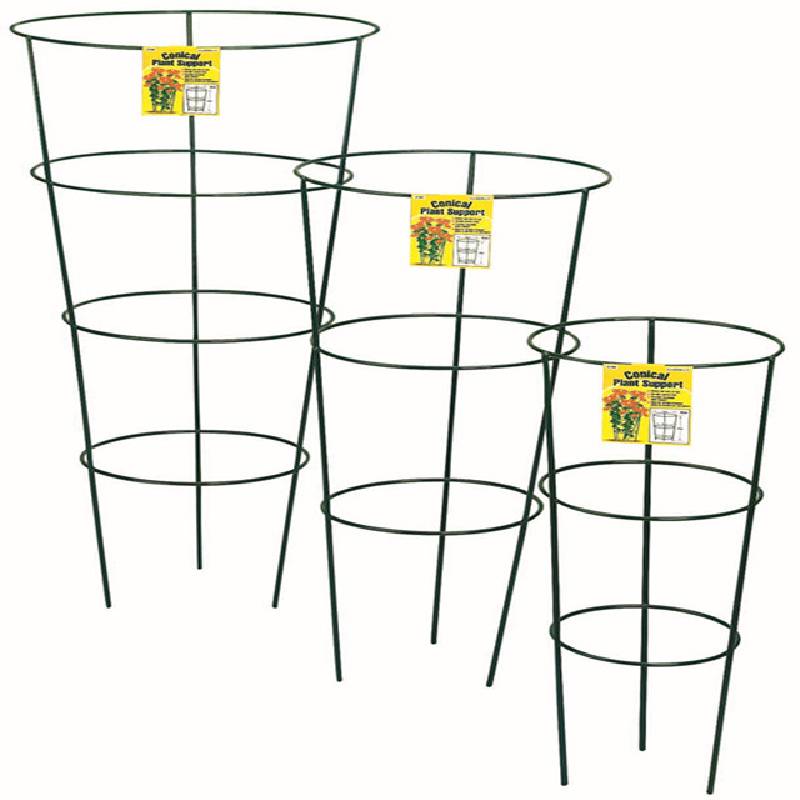
- Mobile Phone
- +8613931874955
- sales@cntcmetal.com
flat spiral torsion spring
Understanding Flat Spiral Torsion Springs
Flat spiral torsion springs are a unique type of mechanical spring that plays a crucial role in various applications across multiple industries. Known for their compact design and effective energy storage capabilities, these springs are widely used in devices such as clocks, retractable mechanisms, and automotive components.
Design and Functionality
The flat spiral torsion spring typically consists of a flat strip of metal that is coiled in a spiral shape. This design allows the spring to store kinetic energy when twisted. Unlike traditional coil springs, which primarily operate through axial loading, flat spiral torsion springs generate torque by twisting around their central axis. This characteristic makes them ideal for applications requiring rotational movement.
When a force is applied to one end of the spring, it twists and stores energy in the material. Upon release, the stored energy is transformed back into motion, enabling mechanical components to perform their designated functions. This property of energy storage and release is fundamental in applications ranging from simple toys to complex machinery.
Applications
flat spiral torsion spring

Flat spiral torsion springs are highly versatile and can be found in various products. One of the most common uses is in clocks and watches, where these springs help in the precise movement of hands, ensuring accurate timekeeping. In automotive engineering, they are used in mechanisms such as seatbelt retractors and sunroof opening systems, providing smooth and controlled movement.
Additionally, flat spiral torsion springs are frequently incorporated in numerous consumer gadgets
. For instance, they are utilized in retractable leads for vacuum cleaners and garden hoses, allowing for convenient storage while ensuring usability. Their reliability and ease of manufacturing have made them a preferred choice for designers looking to optimize space and functionality.Materials and Manufacturing
The performance of flat spiral torsion springs is heavily influenced by the materials used in their construction. High-carbon steel, stainless steel, and specialized alloys are typically employed to ensure durability and resistance to deformity under stress. The manufacturing process involves precision engineering to achieve the desired specifications, including dimensions, thickness, and coil tightness, which are vital for the effective functioning of the spring.
Conclusion
In summary, flat spiral torsion springs are essential components in a wide range of applications, offering effective energy storage and mechanical movement. Their unique design enables them to deliver consistent performance while maintaining compactness and efficiency. As technology continues to evolve, the demand for innovative spring solutions like flat spiral torsion springs will only grow, further highlighting their importance in engineering and design. Understanding their functionality and applications can help engineers and designers create more efficient and reliable systems in the future.
share:
-
Your Source for Concrete Wall Ties and Masonry AccessoriesNewsJul.10,2025
-
Unlocking the Power of Iron Wire for Every ProjectNewsJul.10,2025
-
Explore Advanced Chain Wire and Stainless Steel Mesh FencingNewsJul.10,2025
-
Discover the Benefits of Annealed Wire ProductsNewsJul.10,2025
-
Discover China Stainless Steel Wire Mesh SolutionsNewsJul.10,2025
-
Build with Confidence Using High-Performance Masonry AccessoriesNewsJul.10,2025
-
Why Sacrificial Formwork Is Redefining Underground ConstructionNewsJun.06,2025



















